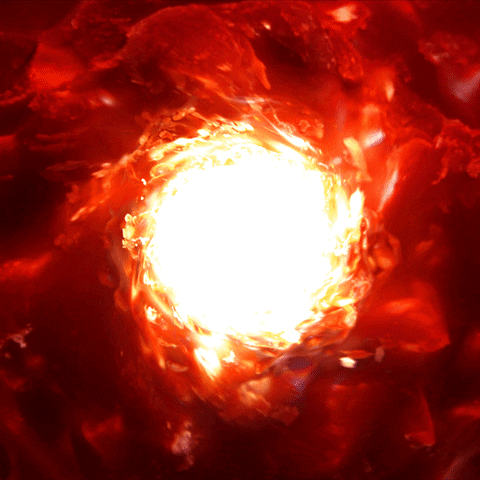
Hot weather, how to recognize a heat stroke
In hot weather, one often hears on TV about drinking plenty of water, eating fruits and vegetables and avoiding going out during the hottest hours. In fact, with very high temperature and humidity rates, it is especially the elderly and children who can run the risk of catching a heat stroke.
Heat, recognizing heat stroke
For recognize a heat stroke the following symptoms can be kept in mind:
- fatigue and exhaustion;
- sense of discomfort;
- nausea and vomiting;
- headache;
- dizziness;
- increased heart rate;
- low blood pressure.
Here are some tips to keep in mind to avoid the risk of getting heat stroke:
- avoid exposure to the sun or exertion or physical activity during the hottest hours of the day;
- remember to drink at least 2 liters/ 2.5 liters of water daily (also to be introduced through soups or broths);
- follow the right diet with the correct intake of fruits and vegetables, avoiding foods that are too heavy;
- Avoid dressing in dark or black clothing as these colors, by attracting more sunlight, promote sweating.
With wet skin, external thermoregulation is facilitated and there is a greater risk of getting heat stroke. In the event that heat stroke has already occurred, it is essential to seek emergency room attention or contact 118.
What can be done until help arrives is to try to bring the temperature of the person who suffered it, back below 37° C perhaps by carrying ice on the forehead and wherever the blood passes (armpits and groin). Fortunately, after help arrives, the patient will be treated with cooling blankets and possibly take saline solutions to compensate for the loss of electrolytes, and within a day or a day and a half can return home.